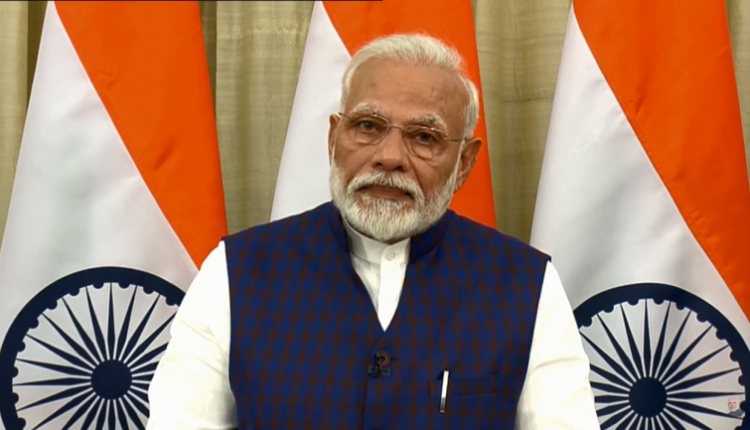Why the ’21 days lockdown’ is just a step and not the lone solution to eradicate Coronavirus
By Prasad Mali

25th March: Prime Minister Modi, in his second address to the nation on Coronavirus, announced a ’21 days nationwide lockdown’ to combat the Coronavirus pandemic.
In his address, he talked about how the virus is spreading exponentially in some countries in Western Europe and North America, even in those countries with best health infrastructures.
While the nation seems to be in full support of the bold decision made by the Centre to lockdown the nation for 21 days starting from today, it is important to understand that lockdown is not the full fledged solution to combat Corona, instead it should be seen as one amongst two important consecutive steps along with ‘testing’ that the government needs to take to combat Corona.
Essentially the 2 main objectives of a lockdown are following:
- To curb the further spread of this virus in the community which has proven to be transmit too easily in the human population and;
- Most importantly, to buy time to build up the health infrastructure and to scale up the testings.
“What we’ve done is, we’ve gained time again by putting in place these big shutdowns (In reference to shutdowns in Europe and America). All they do is they buy time, they don’t actually stop the virus, they suppress it, they slow it. What you want to do now is use that time well to get the testing in place, to get the systems in place, so that you can actually manage the individual level cases that are going to be fundamental to stopping this.” said Dr. Bruce Aylward, Senior Advisor to WHO’s Director General in an interview given to time magazine.
But as pointed by Dr. Aylward, the lockdown alone will do no good as the virus can explode again as soon as the lockdown is lifted if enough testings are not done in the lockdown period. “If we do the testing of every single case, rapid isolation of the cases, you should be able to keep cases down low. If you simply rely on the big shut down measures without finding every case, then every time you take the brakes off, it could come back in waves. So that future frankly, may be determined by us and our response as much as the virus.” added Dr. Aylward.
India has so far conducted around just 18,000 coronavirus tests in total which is one of the lowest testing rates in the world. To give you just a glimpse of how far India is in terms of testing, South Korea – which is not even 1/10th of India’s population is doing 18,000 test daily on an average.
In India, only those people who have been in touch with an infected person or those who have travelled to high-risk countries, or health workers managing patients with severe respiratory disease are eligible for testing whereas countries like South Korea and Turkey have adopted mass testing because the symptoms of the virus are sometimes not visible. Both the countries have been fairly successful in containing the spread of the virus.
In India, the recent induction of 22 private lab chains and PM Modi’s announcement of 15,000 crore for strengthening country’s health infrastructure are few welcome steps that will scale up the testing and boost the health infrastructure respectively.
The challenge that now lies ahead with the government is to make the most out of this ’21 days lockdown’ period, because the lockdown has to end somewhere, and sometime soon, it cannot be inevitable, otherwise it will have massive repercussions on the economy. So the next 21 days are going to be very crucial for the Indian government, the success in next 21 days in terms of testing and upgradation of health infra will define how soon or how late this global menace will eradicate from India.

